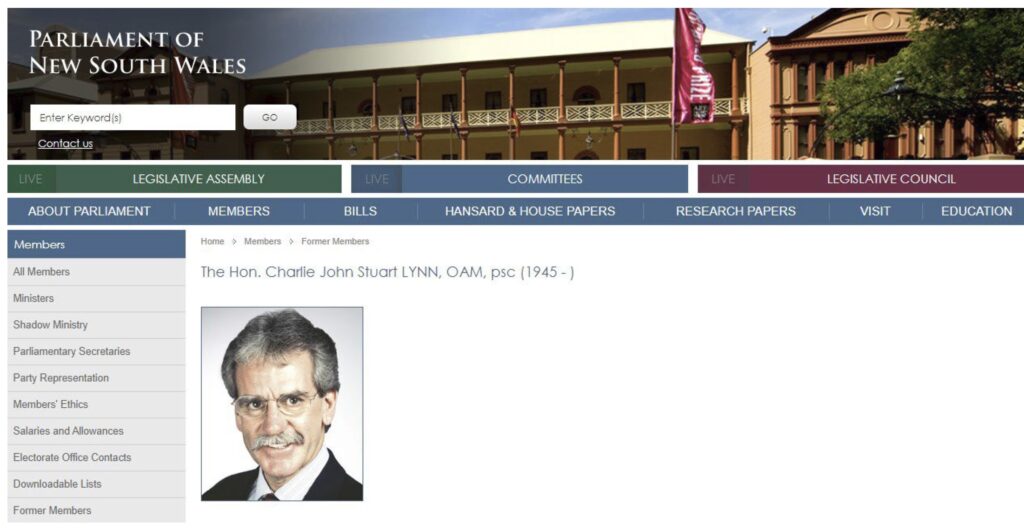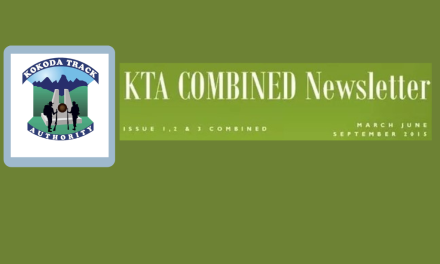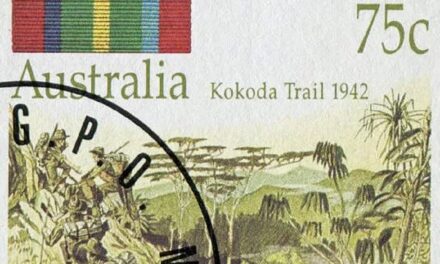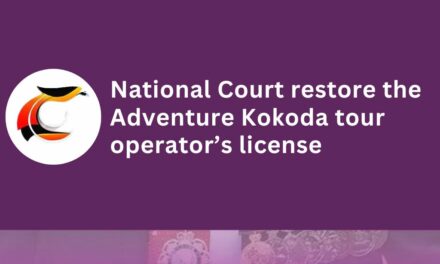The Rise, Fall and Future of Kokoda Tourism
May 1998: Olympic Torch – Kokoda Trail
Following is a proposal I submitted to the Sydney Olympic Committee in the lead-up to the 2000 Sydney Olympic Games.
It was based on a plan to have the Olympic Torch ran across the Kokoda Trail enroute from Athens to Sydney.
Each country along the route was allocated a four-hour time slot to have the torch.
I believed PNG deserved a longer period due to our shared wartime heritage.
I knew it could be accomplished as I had previously organized a relay-marathon between Cairns and Melbourne as part of Melbourn’s bid for the Olympics and my previous experience organizing the annual 1000 km Westfield Sydney to Melbourne from 1984-1991.
I was also aware of the athletic ability of Koiari and Orokaiva runners as I had been trekking with them since 1991.
Unfortunately, ‘Kokoda’ was not on the radar for PNG at the time despite the increasing interest in trekking Kokoda. As a result, I did not get any back-up support from PNG so the idea lapsed however they did agree to run it from Owers Corner to Port Moresby which failed to rate as an international promotional event.The Hon Charlie Lynn OAM OLMajor (Rtd)

The Hon. C. J. S. LYNN [10.09 p.m.]:
Mr. President, Last week I expressed my satisfaction at the announcement of the Prime Minister’s desire for the Olympic torch to be carried across the Kokoda Track en route from Athens to the Sydney 2000 Olympic Games. However, I was disappointed when I learned that the President of the Sydney Organising Committee for the Olympic Games, Michael Knight, and two members of the Australian Olympic Committee, John Coates and Phil Coles, rejected the idea.
The ignorance and the arrogance of these three bureaucrats is breathtaking.
As bureaucrats their job is to implement the policy and direction of our democratically elected political leaders – not to dismiss them because of their own ignorance and prejudice.
I was further concerned to learn of the outcome of a reconnaissance in Papua New Guinea by Commonwealth, SOCOG and New South Wales Police Service personnel between 30 March and 3 April 1998. The report from the New South Wales Olympic security command centre includes the following assessment: . . .
‘It is our firm advice that under no circumstances should the Olympic flame be taken over the length of the Kokoda Trail. The position stated above does not, however, prohibit the Olympic flame having contact with aspects of the Kokoda Trail. It will be possible to protect both the personnel and equipment involved in the relay, provided there is only limited involvement with the Kokoda Trail. If the Olympic flame is to travel outside the metropolitan area of Port Moresby, I support the position . . . that the torch be taken by helicopter from Jackson’s International Airport to Owers Corner . . . the relay could then be conducted in a limited form with various way points staged at significant locations along the Sogeri Road . . . The physical conditions, isolation and communications difficulties prevent the consideration of any other approach.”
This reconnaissance was obviously conducted from the comfort of an aircraft flying high above the Owen Stanley Range.
Napoleon once said:
“Time spent on a well-planned reconnaissance is seldom wasted. Time spent on an unplanned reconnaissance is often wasted.”
This was obviously an unplanned reconnaissance, because those responsible did not examine the route on foot; nor did they consult the most experienced people with an interest in the Kokoda Track or its people, the Kioari. As a result, the report they produced is inaccurate and misleading.
I find it incredible that such an incompetent reconnaissance could be conducted by people charged with providing advice to the Prime Minister.
If this is the standard of professionalism of the New South Wales Olympic security command, we risk being branded as the keystone cops from down under. The standard of the reconnaissance and the quality of the report indicate we have learned little from the ridiculous orders and directions our Diggers were given by the political and military bureaucrats during the Kokoda campaign.
For example, in 1942 Lieutenant Bert Kniezle, a plantation owner from Kokoda, was ordered by the Australian command to build a road across the Kokoda Track, and was given four months to complete the task. His response was reported to have been unprintable.
After the battle for Isurava, from 26 to 30 August 1942, the Australians were fighting a desperate withdrawal operation back along the track. During this phase they received an order from the Australian command to blow the Kokoda gap – somebody had obviously read of the battle for Thermopylae. Unfortunately, the Kokoda gap is approximately 11 kilometres wide – it was named by pilots to distinguish it from a false gap immediately to the east. It would have taken a lot of dynamite to blow it up. These ridiculous orders were on a similar scale to the security assessment just completed by the New South Wales Olympic security command centre.
My comments on this report are:
- first, that the proposed torch relay will be conducted during the dry season. It is possible for the relay to commence at Owers Corner at 7 o’clock in the morning, in time for the morning news in Australia, and to finish at Kokoda at 5 o’clock in the afternoon, in time for the evening news. This will be achieved by having 100 Koiari runners, who are sons and grandsons of the legendary Fuzzy Wuzzy Angels, run one kilometre each at a seven minutes per kilometre pace. The personal record to run the track is held by Kokoda guide Osborne Bogajaiwa, who ran from Kokoda to Owers Corner in 29 hours
- Second, the Kokoda Track runs from Central Province to Oro Province, but all the people along it are Koiari. The Koiari people want to carry the torch along the track, and anybody who knows anything about Papua New Guinea would understand that the torch will be absolutely secure in the Koiari’s hands.
- Third, the “isolation and communication difficulties” referred to simply do not exist. In the 100 kilometres between Owers Corner and Kokoda there are airfields at Kokoda, Kagi, Efogi, Menari and Nauro villages. In addition, there is helicopter access at Deniki, Isurava, Alola, Templeton’s Crossing, Brigade Hill and Uberi.
- Finally, during my trek last week I used a Telstra satellite phone to make calls to Australia each day. In addition, I also presented 15 high frequency radios to the Koiari Development Authority so that in the near future each village will have radio communication. The Australian Army has also installed very high frequency relay stations along the track. Consequently, one can now talk to anybody, at anytime, anywhere in the world, from any location along the track.
It seems that our bureaucrats have learned nothing from the lessons of the Kokoda campaign.
I have walked the track 20 times, more than any other Australian. I also have 21 years’ experience in the Army and would have expected to have been asked for advice if the bureaucrats were fair dinkum about preparing a proper report.
One hundred days have been allocated for the Olympic torch relay to allow as many Australians as possible to celebrate the greatest sporting event at the dawn of the new millennium.
I believe we should allow 99 days for this celebration and set aside just one day for commemoration.
The carriage of the torch along the Kokoda Track would be a fitting tribute and a symbolic salute to the sacrifice made by past Australians to the peace and prosperity we enjoy today. I hope that SOCOG bureaucrats put their personal prejudices aside and honour the wish of all Australians that those who served and those who died so that we may live will be paid that fitting tribute.




